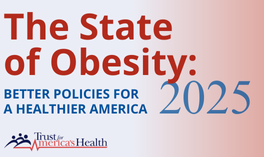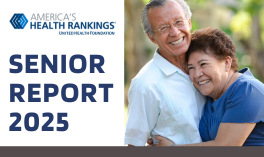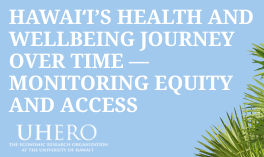ALICE in the Crosscurrents: An Update on Financial Hardship in Hawai‘i is the latest report by the Aloha United Way, in partnership with United for ALICE. It details the latest insights and challenges facing Hawaiʻi families that are ALICE: Asset Limited, Income Constrained, Employed– or households with income above the Federal Poverty Level (FPL) but below the basic cost of living. The ALICE threshold represents the average income required to afford the basic necessities for living. The report covers how powerful crosscurrents — COVID-19, inflation, wage growth, and the expansion and expiration of pandemic public assistance — impacted how many Hawai‘i households were below the ALICE Threshold of Financial Survival.
Here are some Hawaiʻi data highlights from the report:
- Of the 493,567 households in the state between 2021 and 2022,
- Between 2010 and 2022, the number of households with children in poverty decreased for married-parent and single-female-headed households (-3% and -7%, respectively), but increased for single-male-headed households (42%) (pg. 6).
- In 2022, 62% of American Indian/ Alaska Native and 57% of Native Hawaiian/ Pacific Islander households were below the ALICE threshold compared to 40% of Asian and 43% of White households (pg. 9)
- Nearly half (45%) of households below the ALICE Threshold paid more than 50% of their income towards rent in 2022 (pg. 10)
For more, view the full report and United for ALICE’s interactive data tool.




